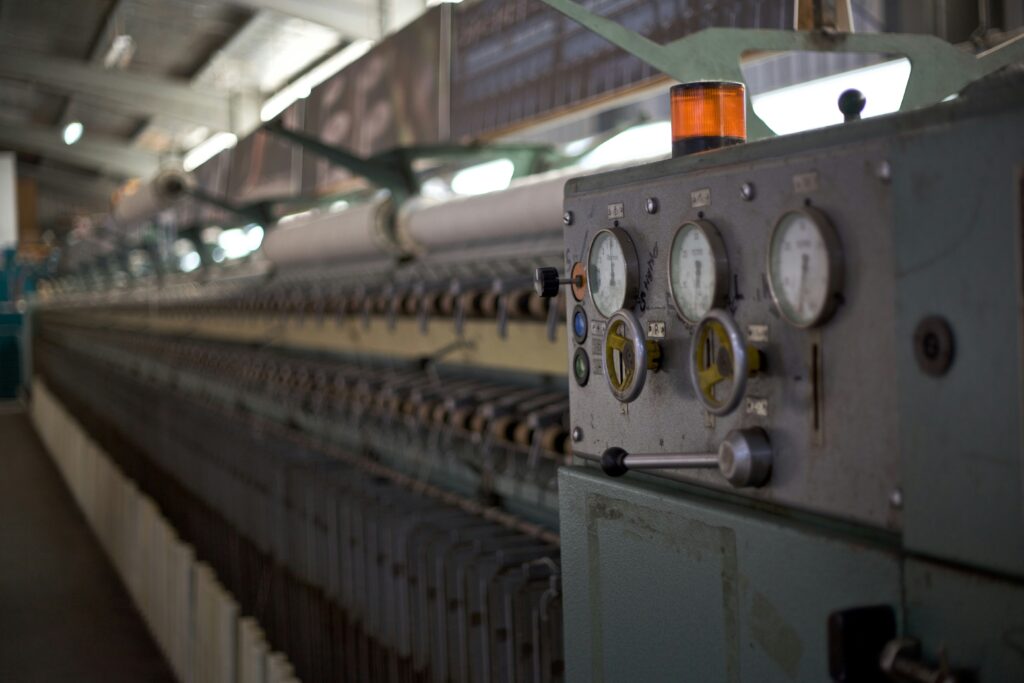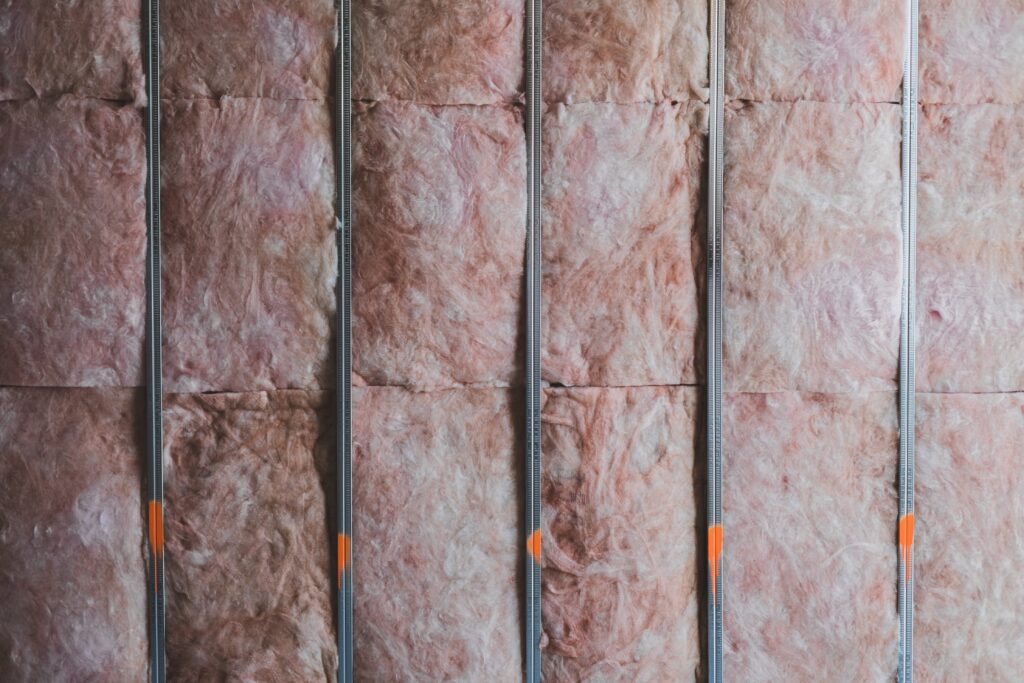Energy Efficiency and Cooling System Upgrade
We assessed our cooling demands, particularly for larger uPVC profiles. Analysis revealed that while our chillers had sufficient capacity, inefficiencies stemmed from pump flow rates and heat exchanger sizing. Temperature spikes from the set 12°C to 16–18°C were impacting product quality and increasing energy consumption.
With support from a grant administered by the City Council, we upgraded to larger plate heat exchangers and enhanced pump capacity. This improved cooling efficiency and allowed for better production scheduling.

Energy Efficiency and Airflow Enhancement
A recent project involved upgrading an office’s heating and cooling systems to address inefficiencies and enhance indoor air quality. The existing gas boiler and desk fans were insufficient for maintaining comfort, especially during warmer months, and did not provide adequate fresh air circulation. To resolve these issues, a ceiling cassette heat pump system was installed, offering both heating and cooling capabilities while ensuring a more effective and health-conscious airflow pattern. Additionally, a Heat Recovery Ventilation (HRV) system was integrated to pre-condition incoming fresh air using energy from the exhaust air, thereby improving energy efficiency and reducing carbon emissions. This combination not only enhanced occupant comfort but also contributed to a more sustainable and cost-effective operation.


Optimising Thermal Efficiency in Office Spaces
An office refurbishment project focused on enhancing thermal performance and moisture control in line with England’s Part L1A Building Regulations. The existing ceiling, constructed with 12.5 mm Knauf wallboard, exhibited a high U-value of 12.8 W/m²K, significantly surpassing the regulatory maximum of 0.16 W/m²K. To address this, a 65 mm Kingspan Kooltherm K7 insulation board was installed, achieving a U-value of 0.18 W/m²K, thereby improving energy efficiency and preventing moisture ingress. For the floor, a 45 mm Kingspan Kooltherm K103 insulation board was applied, resulting in a U-value of 0.22 W/m²K, effectively reducing heat loss from unconditioned spaces below. Additionally, the installation of aluminium double-glazed windows enhanced airtightness and thermal insulation, aligning with the recommended U-value of 2.2 W/m²K. These upgrades collectively contributed to a more energy-efficient and comfortable office environment.

Assessment of building insulation and recommendations for the best insulation options
listed building for its exceptional historical and architectural significance. Dating back to 1874, it is one of the last remaining working mills of its kind in the country, featuring original machinery, cast-iron windows, and distinctive sandstone construction. As a protected heritage site, any conservation or insulation improvements, such as those outlined in this decarbonisation report—are carefully designed to meet stringent regulations while preserving the mill’s unique character.

